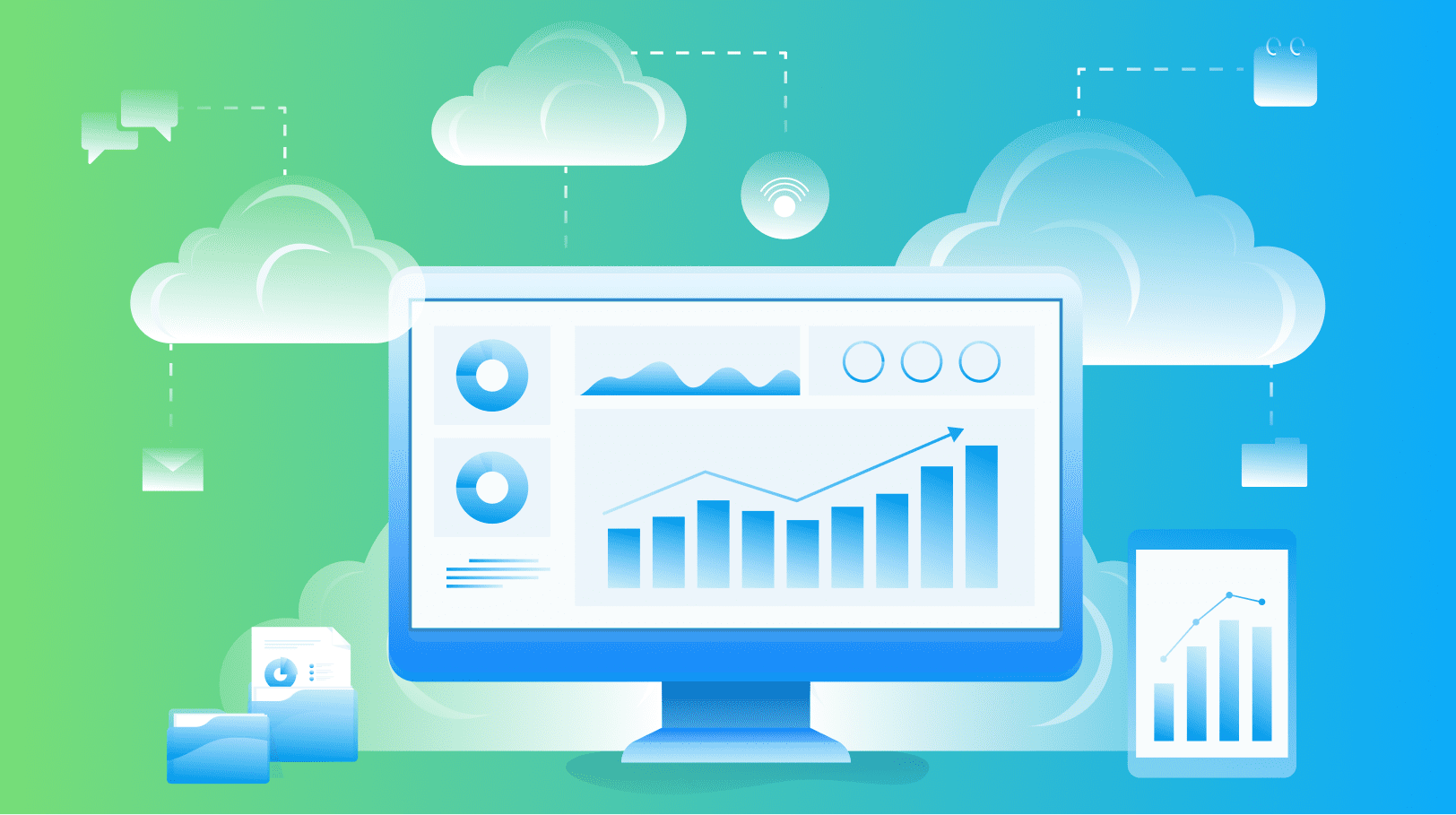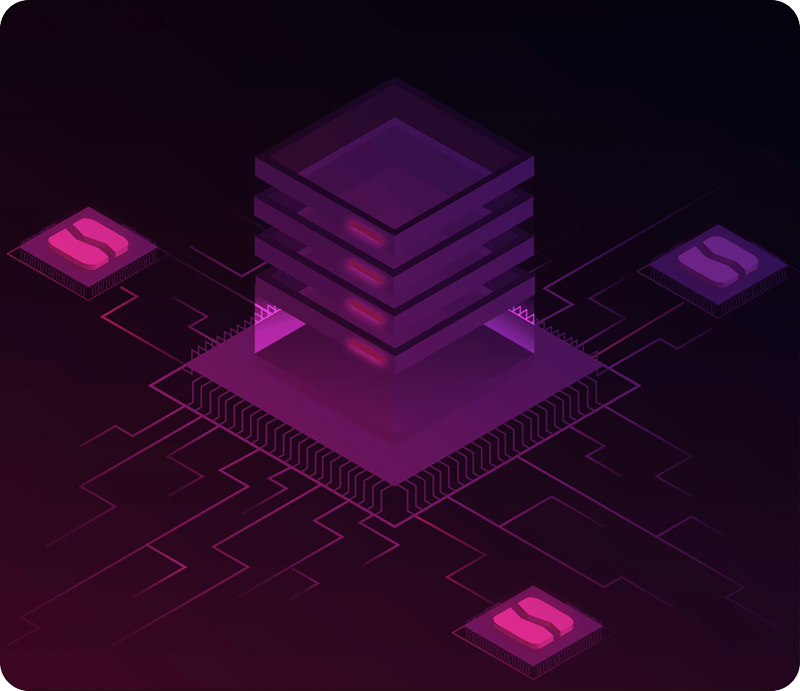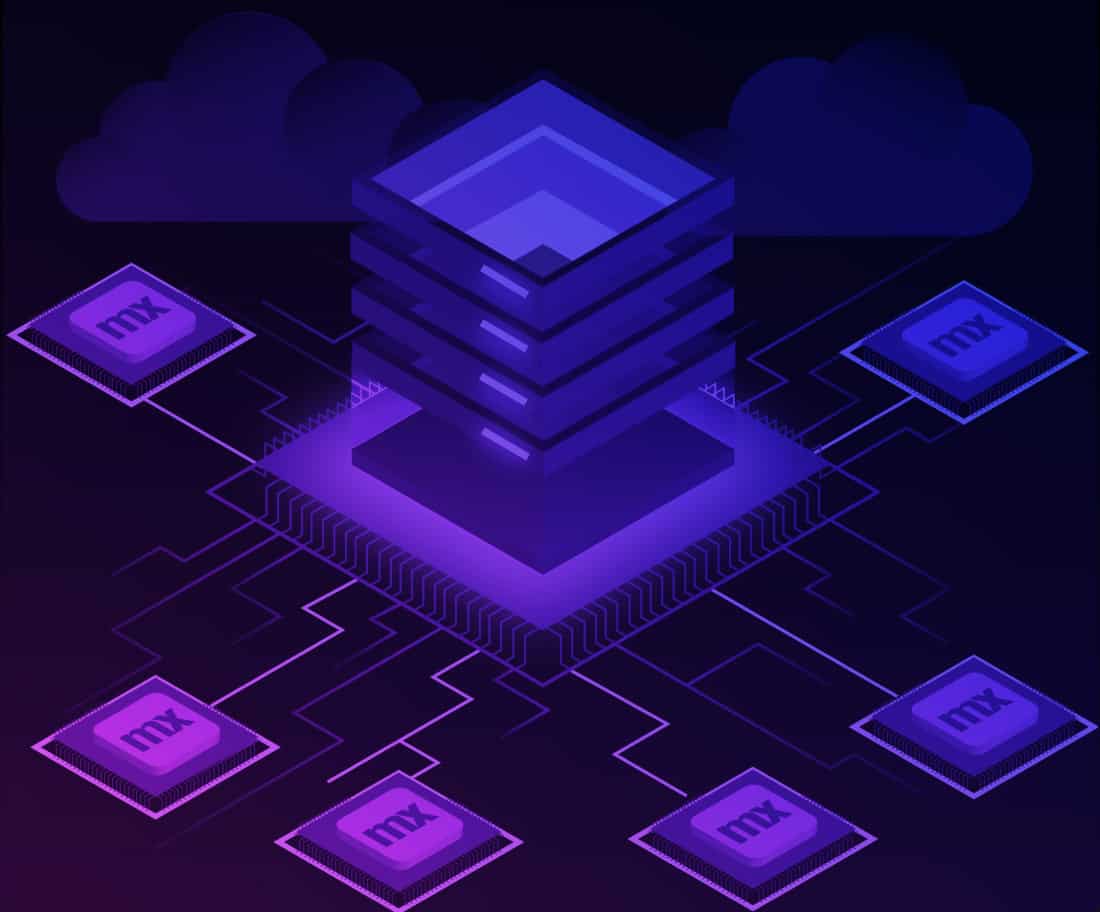
How to Upgrade Legacy Systems to Compete in the Cloud Age
With enterprise application modernization options proliferating, upgrading legacy systems has become increasingly critical.
Stay resilient with a low-code approach to legacy modernization
A decades-old legacy system might still function as intended, but it wasn’t built with the modern enterprise’s needs in mind.
On the road to legacy modernization, you don’t have to ditch your old systems at the first rest stop.
Mendix helps you build the modern applications and functionalities your business has been waiting for, without disrupting the current operations of your mission-critical legacy systems.
As a catalyst for legacy modernization, low-code development extends the capabilities of outdated legacy systems.
Build web and mobile applications, automate processes, develop new functionalities, and modernize however your business demands.
Mendix features the technology, tools, and resources necessary to develop state-of-the-art solutions that integrate with your existing legacy systems without affecting their core foundation.
Explore the Mendix low-code platformWeb-based customer portals
SaaS-based applications
IoT-enabled smart applications
B2C mobile applications
Mobile interfaces
Internal process automation
With the Mendix low-code development platform, you can build upon your legacy systems in a way that makes the most sense for your business. Once you start using Mendix to extend your legacy system’s capabilities, you’ll be equipped with the right tools for future modernization strategies like a legacy system replacement or migration.
Connect your new Mendix-built applications with your existing systems using industry-standard interfaces and protocols, including bidirectional APIs. Mendix Data Hub makes integrations as easy as drag and drop.
With real-time messaging, visual development environments, and high visibility into user stories, sprint progress, and feedback loops, Mendix helps teams to work together to deliver business-focused solutions.
Quickly and continuously improve applications and respond to ever-changing business needs. Mendix helps you stay agile by consistently delivering and improving applications for maximum business value.
Tools and services like AI, automation, model-driven development, and the Mendix Marketplace accelerate the application development lifecycle, so you can build and deliver better business solutions faster.
In this Mendix session, we dive into how to use low-code development to build new functionalities and automate critical business processes.
Watch on demandWith enterprise application modernization options proliferating, upgrading legacy systems has become increasingly critical.
We explain the three best methods for modernizing legacy systems — replacing, extending, and migrating cor systems — and when to pick one over another.
In the race to innovate and gain a competitive advantage, how can we prevent vendor lock-in from keeping us from the optimal cloud solution?
In some situations, maintaining a core legacy system makes the most sense. Modern technology, like low-code development, enables you to build modern applications and functionalities that connect to your core system.
This allows you to keep your legacy system running as needed while extending its capabilities and avoiding a massive system replacement project.
If your organization’s legacy systems and applications are still performing as needed, you can choose to extend their capabilities instead of completely replacing them. Replacement is recommended if legacy systems become risky and costly and no longer perform as required.
Related reading: How to Modernize Legacy Applications — the Right Way





